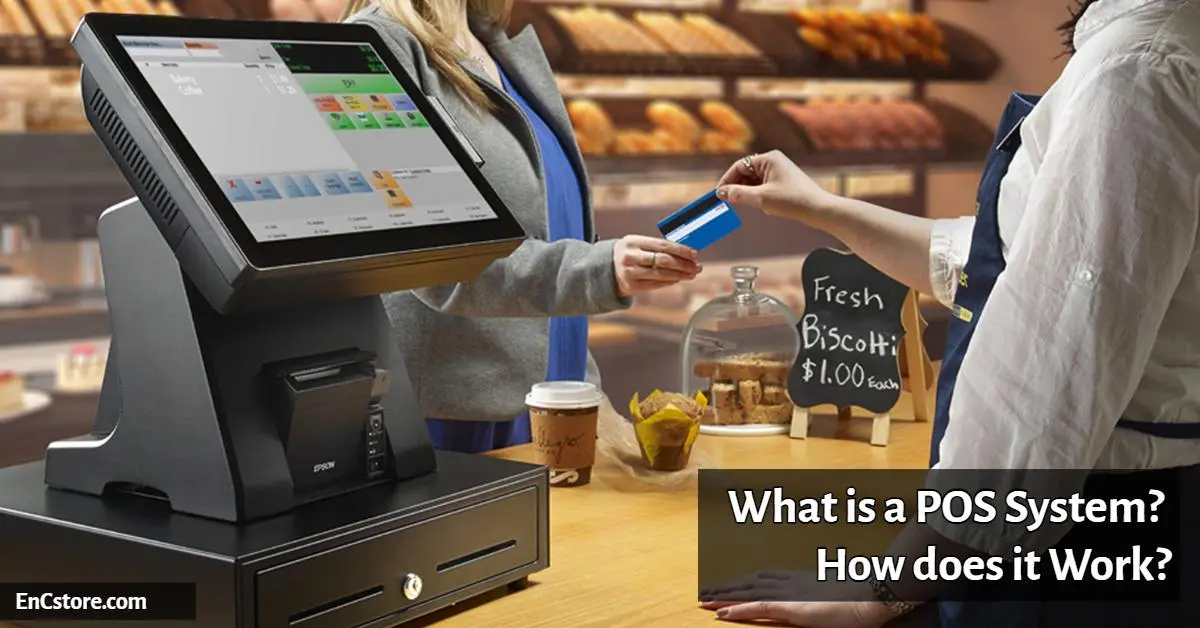In the bustling world of commerce, a Point of Sale (POS) system is a crucial component for managing transactions, inventory, and customer relationships. Whether you're running a small boutique or a large retail chain, a well-designed POS system can streamline operations and enhance customer experience. This guide will walk you through the steps to create a robust POS system tailored to your business needs.
Understanding the Basics of a POS System
Before diving into the creation process, it's essential to understand what a POS system entails. A POS system typically includes:
- Hardware Components: This includes a computer or tablet, receipt printer, barcode scanner, cash drawer, and credit card reader.
- Software: The application that processes sales transactions, manages inventory, generates reports, and more.
- Network Connectivity: For cloud-based POS systems, an internet connection is crucial for data synchronization and remote access.
Step 1: Define Your Requirements
The first step in creating a POS system is to define what you need. Consider the following:
- Business Size and Type: A small cafe will have different requirements compared to a large retail store.
- Inventory Management: Do you need advanced inventory tracking features?
- Payment Processing: Will you accept credit cards, mobile payments, or both?
- Customer Relationship Management (CRM): Do you need features to manage customer loyalty programs and track purchase history?
Step 2: Choose the Right Hardware
Selecting the appropriate hardware is critical for a seamless POS experience. Here's a breakdown of the essential components:
- POS Terminal: This could be a computer, tablet, or dedicated POS hardware.
- Barcode Scanner: For quick and accurate product scanning.
- Receipt Printer: To provide customers with transaction receipts.
- Cash Drawer: Secure storage for cash transactions.
- Credit Card Reader: Essential for processing card payments.
Step 3: Select POS Software
Choosing the right POS software is perhaps the most crucial step. Look for software that offers:
- User-Friendly Interface: Easy to navigate for both employees and managers.
- Inventory Management: Real-time tracking of stock levels, automated reordering, and detailed reports.
- Sales Reporting: Comprehensive sales data, including daily totals, top-selling products, and peak sales times.
- Customer Management: Tools for tracking customer information and purchase history.
- Integration Capabilities: Ability to integrate with accounting software, eCommerce platforms, and other business tools.
Step 4: Develop Custom Features
If off-the-shelf software doesn't meet all your needs, consider developing custom features. This could include:
- Specialized Inventory Tracking: For unique inventory requirements.
- Custom Reporting: Tailored reports that provide insights specific to your business.
- Integration with Existing Systems: Seamless integration with your existing accounting, CRM, or eCommerce systems.
Step 5: Implement and Test Your POS System
Once you have your hardware and software in place, it's time to implement and test your POS system. Follow these steps:
- Set Up Hardware: Install and configure all hardware components.
- Install Software: Set up the POS software and configure settings according to your requirements.
- Test Transactions: Conduct test transactions to ensure everything works correctly.
- Train Employees: Provide comprehensive training for all staff members to ensure they're comfortable using the new system.
Step 6: Go Live and Monitor Performance
With everything set up and tested, you're ready to go live. However, the process doesn't end here. Continually monitor the performance of your POS system to ensure it's meeting your needs. Pay attention to:
- System Stability: Ensure the system is reliable and free of bugs.
- User Feedback: Gather feedback from employees and customers to identify any issues or areas for improvement.
- Sales and Inventory Data: Regularly review sales and inventory reports to ensure accuracy and identify trends.
Step 7: Maintain and Upgrade
Technology is ever-evolving, and so should your POS system. Regular maintenance and upgrades are essential to keep your system running smoothly and to take advantage of new features and improvements. Consider the following:
- Software Updates: Keep your POS software up-to-date with the latest features and security patches.
- Hardware Maintenance: Regularly check and maintain your hardware components to prevent failures.
- Feature Enhancements: Continuously evaluate your business needs and look for new features that can improve efficiency and customer satisfaction.
Summary
Creating a POS system might seem daunting, but by following these steps, you can build a system that meets your business needs and enhances your operations. Remember, a well-designed POS system is not just a tool for processing transactions; it's a comprehensive solution for managing your business efficiently and effectively. Stay committed to regular maintenance and upgrades, and your POS system will continue to serve you well.





